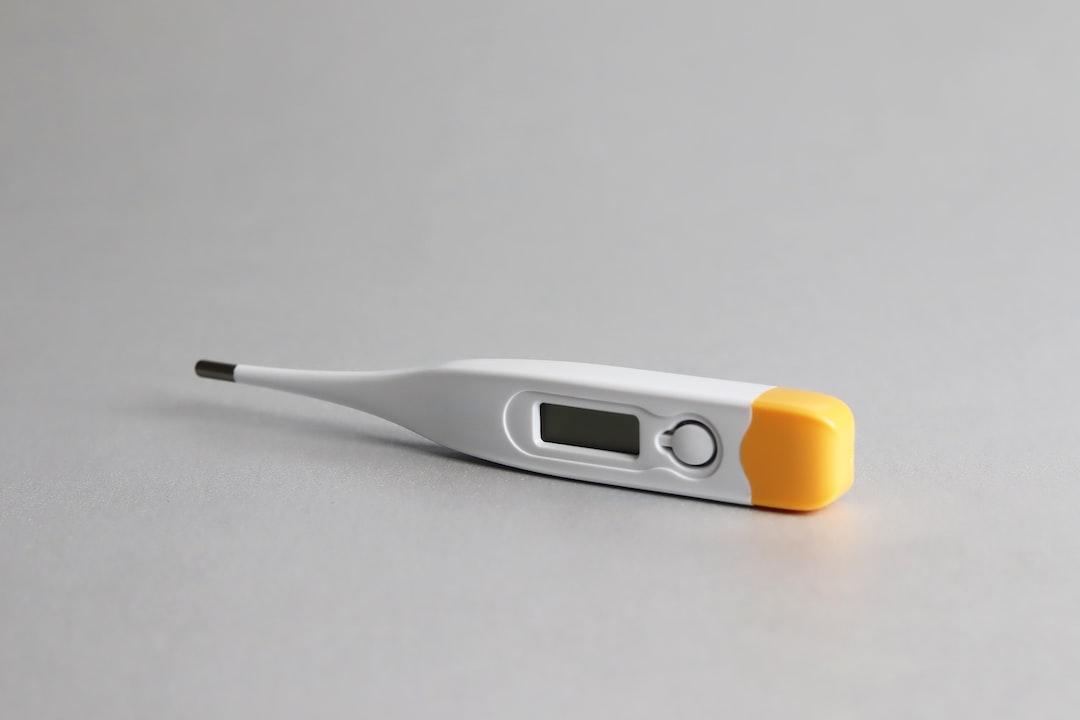5 Examples of Remote Patient Monitoring Devices
Remote patient monitoring devices let healthcare providers monitor patient conditions in real-time outside of a hospital or clinical setting.
Using innovative technology, these machines automatically transmit critical, physiological user data to remote patient monitoring apps. The app can then safelystore data and make it easily accessible to doctors and other essential healthcare staff.

In the wake of the Covid-19 pandemic, remote patient monitoring technology surged in popularity. New tech abounds for virtually every common condition.
We’ve compiled a helpful list containing several examples of remote patient monitoring devices to help you make informed purchasing decisions for your medical practice.
Examples of remote patient monitoring devices
This remote patient monitoring devices list contains some of the most commonly used remote patient monitoring devices on the market today. The monitoring devices must be a device defined by the FDA that is capable of gather physiological measurements in real-time, in addition to automated alerts when the patient falls outside of predefined measurements. These devices can cut costs and perhaps even save lives by providing healthcare providers with a continuous stream of valuable health metrics for patients with chronic health conditions.
Weight scales
With obesity rates hovering above 40%, smart scales provide much-needed tracking information. Traditional medical practices involve measuring patients’ weights at lengthy intervals. With remote patient monitoring scales, you can create smooth trend lines to track not only weight fluctuations but other factors, including:
- BMI
- Body fat percentage
- Lean body mass percentage
- Hydration levels
- Visceral fat
Real-time monitoring can help prevent deadly obesity-related illnesses, such as heart disease, type two diabetes, and even certain forms of cancer.
Pulse oximeters
For individuals with suppressed pulmonary functions, a remotely used pulse oximeter can provide necessary information about a patient’s oxygen saturation levels.
This device can help treat sleep apnea, chronic obstructive pulmonary disease (COPD), as well as O2 stats for patients on pain medications, and more.
Blood glucose meters
Hypoglycemia ought to be taken very seriously by patients and doctors alike. From blurred vision to death, the consequences of low blood sugar make regular monitoring a must for the roughly 10% of the American population with diabetes. Of course the device use for hyperglycemia and pre-diabetic patients is very beneficial for early interventions in treatment protocols as well.
Products like Coachcare’s SCAN Smart Glucometer assist people with diabetes and their doctors by directly syncing relevant patient data to the Coachcare app.
Blood pressure monitors
Heart disease remains the number one cause of mortality in America, accounting for 20% of all deaths. The risk of undergoing a heart attack rises as you age, making the use of blood pressure monitors especially important for senior citizens.
With remote blood pressure monitors, patients can send vital information to their healthcare provider in real-time.
Blood pressure monitoring can help prevent heart disease and strokes. Trends in blood pressure reflect changes in diet, exercise, medication, and other factors. Using one of these devices can let your doctor track your progress, make lifestyle recommendations, and adjust your medication confidently and efficiently.
ECG + Stethoscope
This device allows patients to regularly monitor their heart activity from the comfort of their own homes. One of the primary advantages of remote patient monitoring technology is that it cuts down on costly (and often inconvenient) visits to the doctor’s office. Not only does this technology save patients money, but it also encourages patients to check their health more regularly.
Advances in AI technology allow for instantaneous recognition of irregularities. These devices may even help prevent heart attacks in the most extreme examples.
Thermometers
Many illnesses, including Covid-19, require careful temperature monitoring. Patients can teeter between needing in-patient care versus out-patient care. A remote patient monitoring thermometer helps patients and healthcare providers notice concerning data and act on it quickly. Regular temperature updates can uncover symptom trends and also set the alarm bells off when something is amiss.
Remote patient-monitoring thermometers range from traditional contact thermometers you might place under the tongue to no-touch solutions that scan the symptomatic individual from a safe distance. AI-powered smart technology can use patient data to make suggestions and provide healthcare alerts.
Remote Patient Management Apps
Several remote patient management apps have come on the market in recent years. While some of these apps help manage chronic illnesses, many provide general wellness information. Standard health apps monitor things like:
- Sleep quality
- Daily physical activity
- Key heart rate metrics
You can use the information your app gives you to make informed lifestyle choices. Keeping track of your daily step count, for example, can assist you in preventing illnesses such as heart disease and stroke.
CoachCare: Your RPM Solution
CoachCare helps healthcare providers safely and conveniently monitor patient progress through our remote patient monitoring software and hardware. Implementation, training, and billing management can constitute one of the biggest pain points medical care providers encounter when setting up a remote patient monitoring system. Let the experts at Coachcare take care of that for you.
We know remote patient monitoring technology. Our team of dedicated sales staff will get your office trained in two weeks. Plus, our intelligent software systems make device tracking and billing a cinch.
Take our free quiz to learn more about how you can benefit from our remote patient monitoring devices.